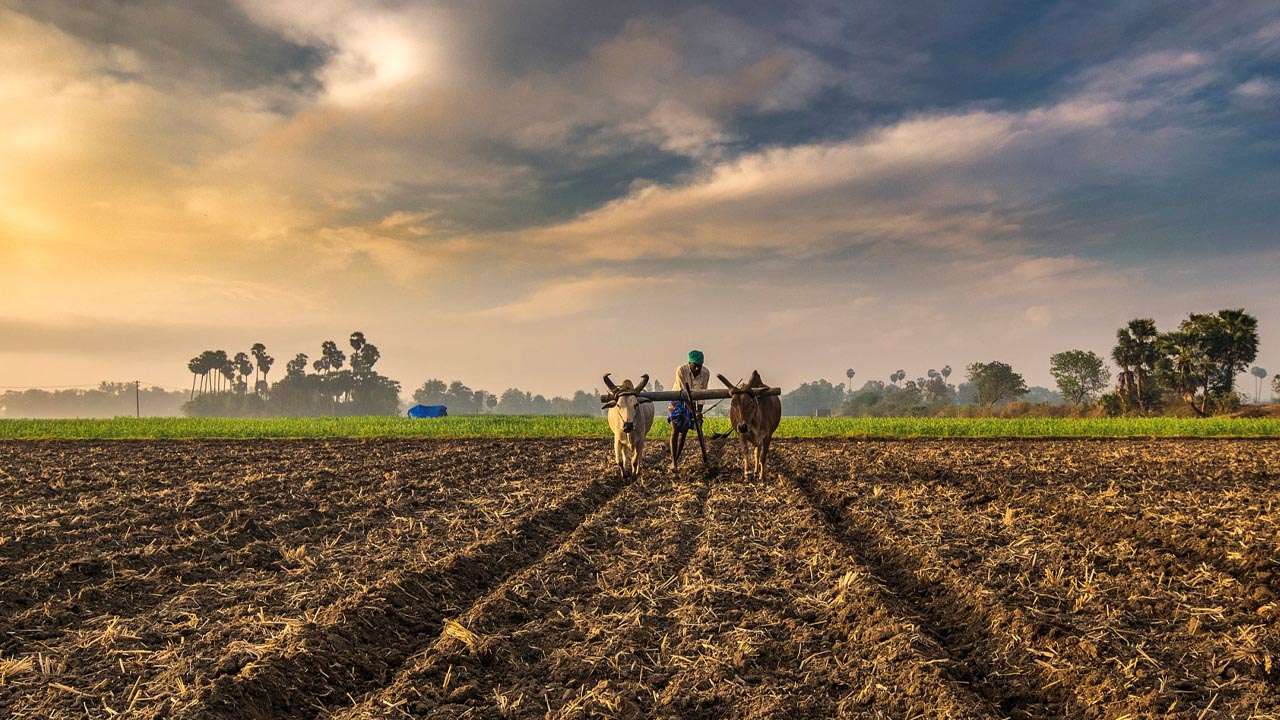The country’s post-harvest losses for wheat, rice, and maize are estimated at $343 million annually in quantity and quality because of lack of adequate drying and storage.
The Covid-19 crisis has shown the vulnerabilities of Pakistan’s agricultural value chains for some time. The lack of modern storage for agricultural commodities, as well as the absence of information about product inventory levels, have both led to volatile commodity prices and a lack of food protection, which is causing food price instability and supply insecurity. As a result, investment in modern agri-storage is imperative for mitigating these issues, according to a feasibility study on “Private Silo Warehousing for Pakistan’s Grains” done by the USAID.
According to the study, almost all of Pakistan’s leading grains—wheat, rice paddy, and maize—have dried and silo storage facilities based on industrial scale milling facilities and are not accessible to farmers, traders, and smaller-sized millers.
The farmers are the biggest losers in these agricultural value chains, even though they are exposed to the greatest risk. The key cause of quality loss is due to the sun-drying system that farmers and traders rely on, because they do not have access to mechanical drying facilities. Owing to the drying process after harvest, farmers are unable to keep their rice paddy or maize and, therefore, are forced to make a “distress sale” of their harvest at the lowest price of the year.
This, in addition to the physical loss, limits the market to local consumers due to the absence of a secure storage method with a grading system for product. In rural Pakistan, testing laboratories for agricultural commodities are not found in the wholesale markets, but are only located on the premises of the larger mills. It creates a large lack of standardization, with wide-ranging consequences: this is the biggest obstacle in the way of nationwide electronic trading of agricultural commodities.
With the arrival of the electronic warehouse receipts system in Pakistan in 2020, there is a good likelihood of resolving these main supply chain gaps in the country’s leading crop value chains. Pakistan’s corporate regulator, the Securities and Exchange Commission of Pakistan has authorised an accreditation body named Naymat Collateral (SECP). CMC Regulations 2019, informed by SECP, under a transparent contractual structure would provide for the accreditation of warehouses and warehouse operators and the introduction of a software system in which warehouse operators will be able to issue electronic warehouse receipts (EWRs) for stock which have passed regime-wide testing criteria for each crop. These are transferable and can be exchanged on the Pakistan Mercantile Exchange. This is the cornerstone of a national agri-commodity market where all warehouses have to follow the same testing and grading requirements for each crop. Under this regime, for banks, a method of pledging (blocking of pledged EWRs) has been introduced based on the popular ‘CDC model’ of securitization. Warehouse operators are obliged to return the sum and standard they were issued. This is intended to give depositors and traders on the commodity exchange certainty that warehouse operators can make them whole in the event of stock losses relating to the warehouse operator’s problem of EWRs. Various risk reduction frameworks are incorporated within the framework of the regime in order to preserve the obligation to maintain this pledge. Additionally, the research asserts that northeastern Punjab’s rice-wheat belt, along with the maize-wheat belt of eastern Punjab, which includes maize-maize, and the rice-wheat belt of Sindh are the most suitable regions for the proposed storage sector.
Storage facilities can be completely used during the year because of crop rotations in these regions, which use drying facilities for at with at least one crop. This study discovered that farmers can greatly benefit from drying their rice paddy and maize in a silo facility, and storing them in a silo facility.
The research also suggested a 15,000-ton unit as a more profitable drying and storage facility paid for by consumers, which arose during the pilot studies. Six 2,500-ton silos to allow storage of various grades of commodity would be part of the planned 15,000-ton storage facility. It requires three trains of 10 tons per hour each, for which it is possible to adapt to various moisture levels. The investment needed for this facility is estimated at Rs. 283 million, consisting of Turkish-origin silos.



